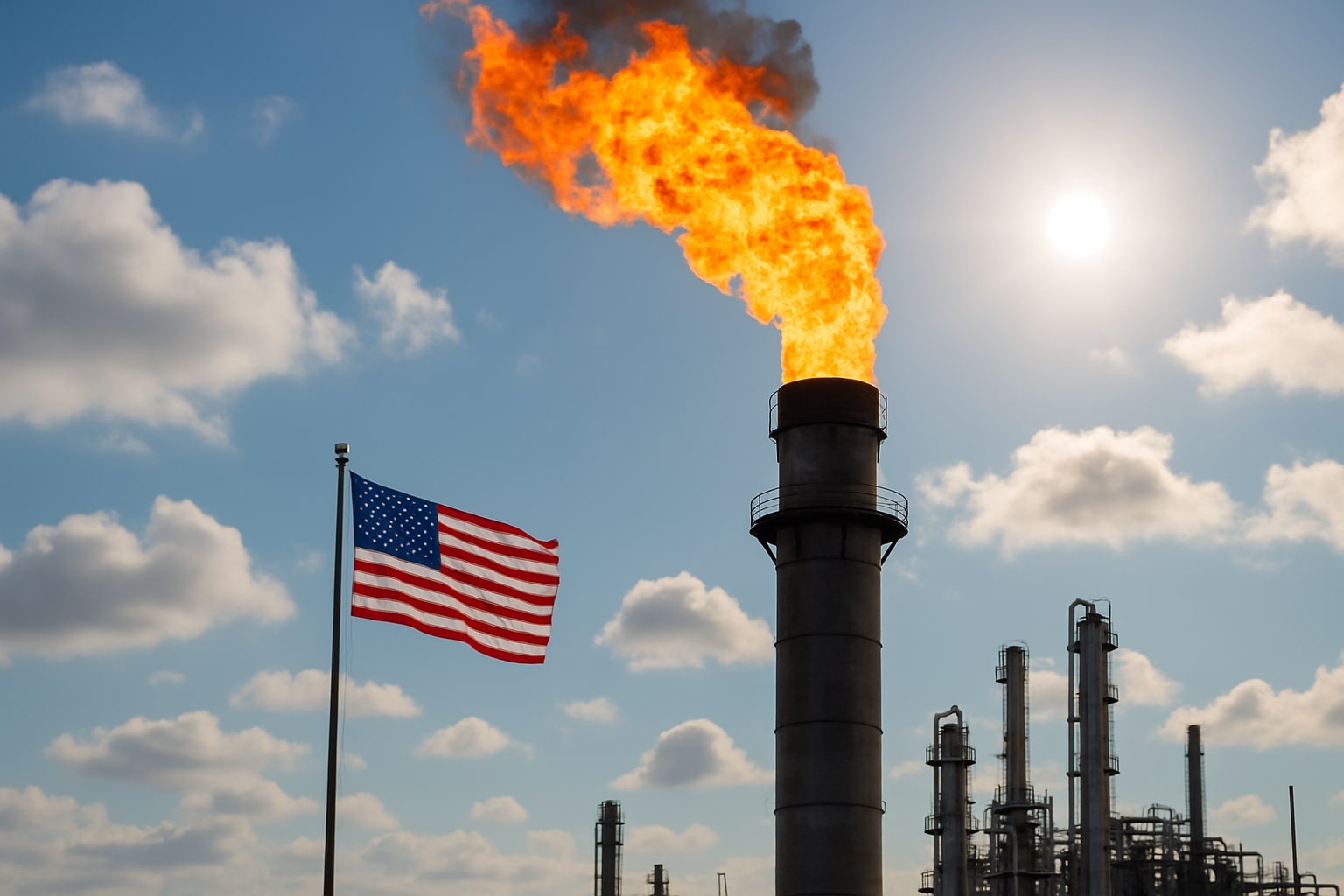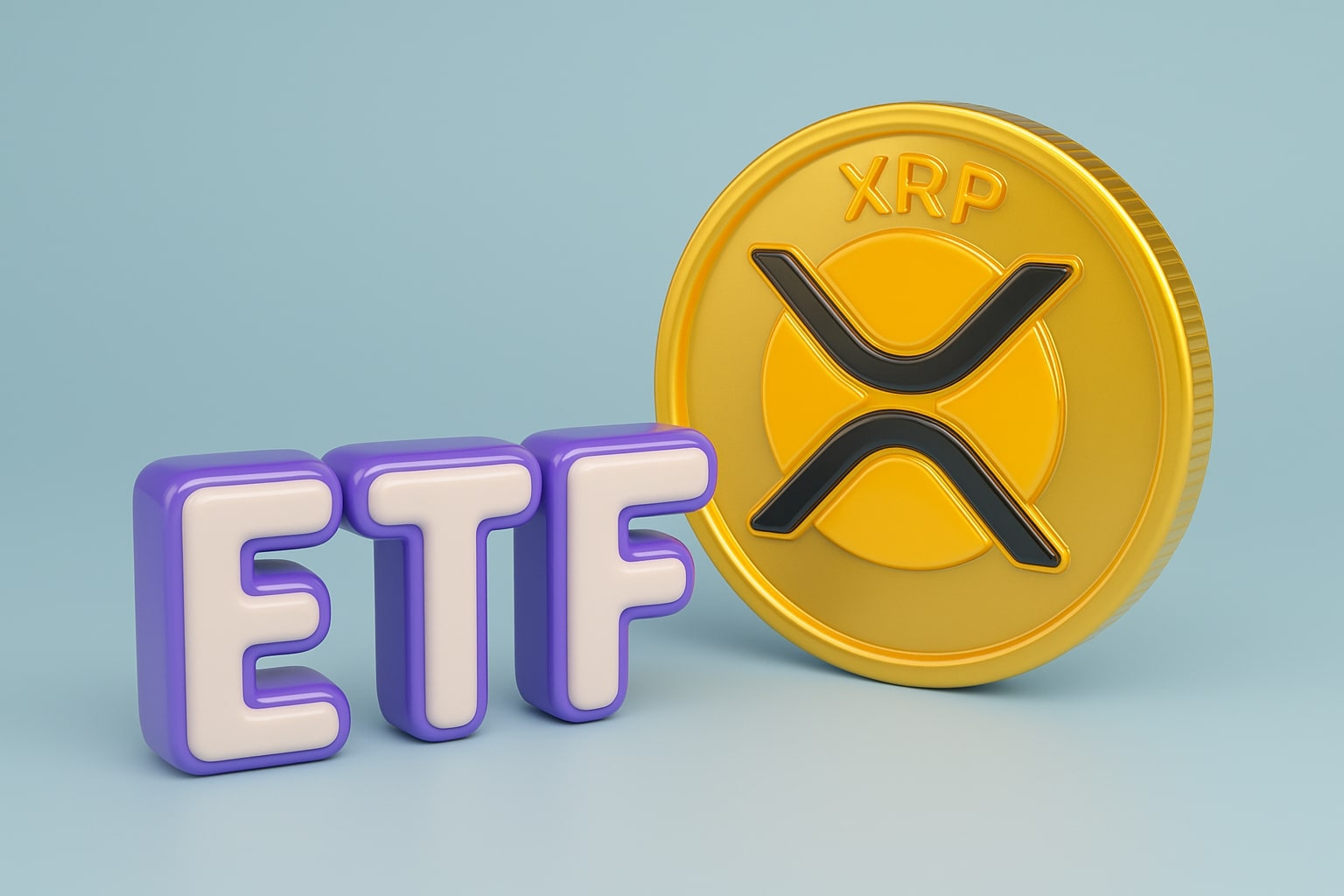
Natural Gas Price Forecast - (NG=F) Drops to $3.26 as Storage Build Hits 80 Bcf
Henry Hub futures retreat 1.9% with inventories at 3,641 Bcf, open interest down 3.9%, and OrderFlow Intel showing firm bearish bias — traders eye $3.20 support as winter demand looms | That's TradingNEWS
Natural Gas (NG=F) Slips to $3.26 as Storage Surplus Shrinks to 157 Bcf and Sellers Dominate Below $3.40 Resistance
U.S. Natural Gas (NG=F) futures extended losses for a second consecutive session, closing 1.9% lower at $3.269 per MMBtu, as government storage data showed an 80 billion cubic feet (Bcf) build — a figure at the high end of expectations but still below the five-year average of 94 Bcf. Total U.S. storage now stands at 3,641 Bcf, 157 Bcf above the seasonal average, marking a tightening from last week’s 171 Bcf surplus. The smaller-than-normal injection reflects rising residential and commercial heating demand, even as temperatures remain moderate across key consuming regions.
Order Flow Data Shows Institutions Selling Aggressively at $3.39–$3.40 Range
Advanced order flow tracking confirmed a sharp intraday reversal in sentiment once NG=F touched $3.393, where large-scale sellers overwhelmed bids. The VWAP confluence zone near $3.40 served as a major institutional distribution area, reinforced by overlapping value area highs from the prior week. The OrderFlow Intel score printed –6, signaling firm bearish control but not yet panic-level liquidation.
Delta data showed an abrupt collapse in buyer aggressiveness, with cumulative buying volume declining 42% versus the prior session. The market lost momentum after the point of control (POC) shifted down from $3.36 to $3.33, confirming that short-term value has migrated lower. This pattern aligns with typical profit-taking behavior among institutional traders who were long into last week’s rally.
Technical Structure Weakens: Rejection at $3.40 Reaffirms Short-Term Bear Bias
The 3.40 handle remains a technical pivot separating momentum buyers from short-term sellers. Each test of this level since September has been rejected, forming a triple-top resistance pattern. Current intraday support rests at $3.342 (VWAP) and $3.324 (developing value area low), which coincide with short-term moving averages. If weakness accelerates, bearish target zones emerge between $3.298 and $3.279, corresponding with the prior week’s swing low.
Momentum oscillators support the bearish narrative: 14-day RSI has eased to 43, while MACD remains in a downward cross. Price action now trades below the 20-day EMA ($3.36) for the first time in nearly two weeks, reinforcing the short-term corrective bias. However, the longer-term 200-day EMA remains supportive at $3.08, suggesting downside risk may stabilize above that threshold.
EIA Storage Report Signals Slowing Surplus Build Amid Seasonal Transition
The Energy Information Administration (EIA) reported that underground inventories rose 80 Bcf in the week ending October 4. Though this matches the upper range of market expectations (70–80 Bcf), it remains notably smaller than typical early-October builds. The slower rate of injection has narrowed the U.S. surplus by 14 Bcf week-over-week, with stocks now only 4.5% above the five-year norm.
Analysts note that residential heating demand is gradually increasing, with degree-day forecasts rising by 6–8% week-over-week across the Midwest and Northeast. However, mild temperatures in the South and Pacific regions have capped consumption gains. Industrial demand remains steady near 26.3 Bcf/d, while liquefied natural gas (LNG) feedgas demand reached 13.4 Bcf/d, up 0.7 Bcf from last week, supporting baseline usage.
European Benchmark Weakens as Storage Nears 83% Capacity
Across the Atlantic, Dutch TTF natural gas futures fell 1.7% to €32.14/MWh as storage sites across the European Union reached 83% of total capacity, down from the seasonal five-year average of 91%. While below historical norms, the pace of injections remains on track to meet pre-winter targets. High LNG imports continue to cushion supply, with recent cargo arrivals from the U.S. and Qatar offsetting weaker pipeline flows from Norway.
ANZ analysts noted that “European prices have eased as strong LNG inflows and mild early-October temperatures reduce urgency in winter procurement.” With North Asian demand subdued—Japan’s inventories are at 92% of capacity—cargo competition remains muted, keeping global LNG spot prices below $10.50/MMBtu.
Read More
-
PFFA ETF Nears $21.50 as Rate Cuts and 9.49% Yield Spark Renewed Demand
29.11.2025 · TradingNEWS ArchiveStocks
-
XRPI and XRPR ETFs Ignite Ripple’s Institutional Rally as Inflows Near $1B and XRP Holds $2.20
29.11.2025 · TradingNEWS ArchiveCrypto
-
Natural Gas Price Forecast - NG=F Blasts to $4.85 as Demand Surge Fuel Multi-Month Breakout
29.11.2025 · TradingNEWS ArchiveCommodities
-
USD/JPY Price Forecast - Yen to Dollar Slides to 156.10 as Yen Strengthens on Fed Cut Expectations
29.11.2025 · TradingNEWS ArchiveForex
Market Behavior: Thin Order Book and Declining Open Interest
CFTC data indicates that speculative net length in Henry Hub futures declined by 6.1% this week, while open interest fell by 3.9% to 1.21 million contracts. This drop reflects both short-term deleveraging and seasonal roll adjustments ahead of November contract expiry. Notably, commercial traders increased gross short positions by 18,000 contracts, hedging into the shoulder season where demand risk skews downward.
Volume analysis confirms a liquidity shift: total daily turnover dropped to 315,000 contracts, down 22% from the month’s average, implying that the latest selloff may be driven by a lack of fresh buying rather than panic selling.
Macro and Policy Drivers Reinforce Bearish Short-Term Setup
Macro sentiment across commodities remains risk-averse. The U.S. Dollar Index (DXY) strengthened to 96.51 (+0.44%), adding further headwinds to energy prices denominated in dollars. Meanwhile, the Gaza ceasefire agreement between Israel and Hamas has lowered geopolitical risk premiums in both oil and natural gas futures, with Middle East LNG export flows expected to normalize.
Additionally, the U.S. sanctions on Chinese refiners involved in Iranian oil transactions indirectly pressure LNG-linked markets by reinforcing expectations of stable global energy trade routes. Domestically, the ongoing U.S. government shutdown has had minimal impact on EIA reporting but may dampen consumer and industrial confidence if prolonged.
Fundamentals Hold Despite Near-Term Weakness: Heating Demand Set to Rise
While the short-term order flow favors bears, fundamental indicators remain constructive heading into late October. Forecast models project early winter cold spells across the U.S. Midwest by late October, potentially adding 4–5 Bcf/d in residential and commercial demand. The market’s ability to hold above $3.20/MMBtu despite a larger-than-expected build suggests that traders are pricing in an imminent demand recovery.
LNG export terminals—particularly Sabine Pass and Corpus Christi—are operating at 98% utilization, sustaining export strength that continues to absorb incremental production. U.S. output remains near 103 Bcf/d, slightly below September highs due to maintenance in the Haynesville region.
Verdict: Hold Bias — Bearish Short Term, Constructive Medium Term
The current setup for Natural Gas (NG=F) reflects a technical correction within a fundamentally tightening market. The rejection at $3.40 confirms short-term overextension, with downside limited near $3.25–$3.08 unless storage surprises re-emerge. OrderFlow Intel readings, VWAP alignment, and declining speculative positioning indicate bearish control in the immediate horizon, but fundamentals tied to storage contraction and rising heating demand support a medium-term recovery.
Therefore, the stance remains Hold — short-term bearish below $3.36, yet fundamentally constructive toward $3.60–$3.80 as weather-driven demand builds into November.



















